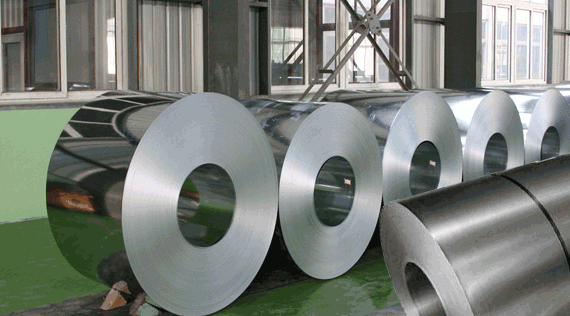
LAUNCESTON, Australia, Nov 19 (Reuters) - China's steel production this year will drop below 1 billion metric tons for the first time since 2019, but iron ore imports may rise to a record high.
While there are some fundamental factors that help explain the seeming contradiction between robust iron ore demand and softness in the product it is used to produce, the main difference is probably sentiment.
Iron ore is being driven by the view among market participants that Beijing will continue to stimulate the world's second-largest economy, and ultimately that steel demand will recover.
The decline in steel production comes as mills struggle to remain profitable amid higher input costs and muted demand from the key construction sector.
China, which produces more than half of global steel, recorded output of 72.0 million tons in October, down 2% from September and 12.1% from the same month in 2024, according to data released on November 14.
For the first 10 months of the year steel production was 817.87 million tons, down 3.9% from the same period last year.
It also means that to achieve 1 billion tons of output this year, production in the last two months of the year would have to be 182.13 million tons, or about 91 million tons in both November and December.
It is more likely that output will not exceed 75 million tons in each of the last two months of the year, meaning annual production is on track to be around 970 million tons.
Steel production was last below 1 billion tons in 2019, when it was 996 million tons.
However, iron ore imports are on track to eclipse last year's record high of 1.24 billion tons achieved in 2024.
For the first 10 months of the year iron ore imports were 1.03 billion tons, meaning that if arrivals in the last two months of the year exceed 210 million tons, a new record will be set.
November imports are already looking strong, with analysts at DBX Commodities estimating arrivals at 116.5 million tons, while Kpler is even more bullish with a forecast of 120.6 million tons.
The question is why are iron ore imports so strong when the steel sector is so obviously struggling.
INVENTORIES, PRICES
One fundamental reason is that China has been rebuilding stockpiles, with port inventories monitored by consultants SteelHome rising for an eighth week to 139.6 million tons in the seven days to November 14.
Inventories are now up 7.3% from the 18-month low of 130.1 million tons hit in early August, but they are still short of the 150.7 million tons from November last year.
This implies that there is still scope for stockpiles to rise in coming weeks, especially if prices remain relatively steady.
Benchmark Singapore iron ore futures ended at $104.60 a ton on Tuesday and have been in a narrow range between $100 and $108 since the beginning of August.
While steady prices may support some buying momentum they are hardly a strong driver, especially when the widespread market view is that iron ore prices are likely to head lower in 2026 as the massive new Simandou mine in Guinea ramps up production.